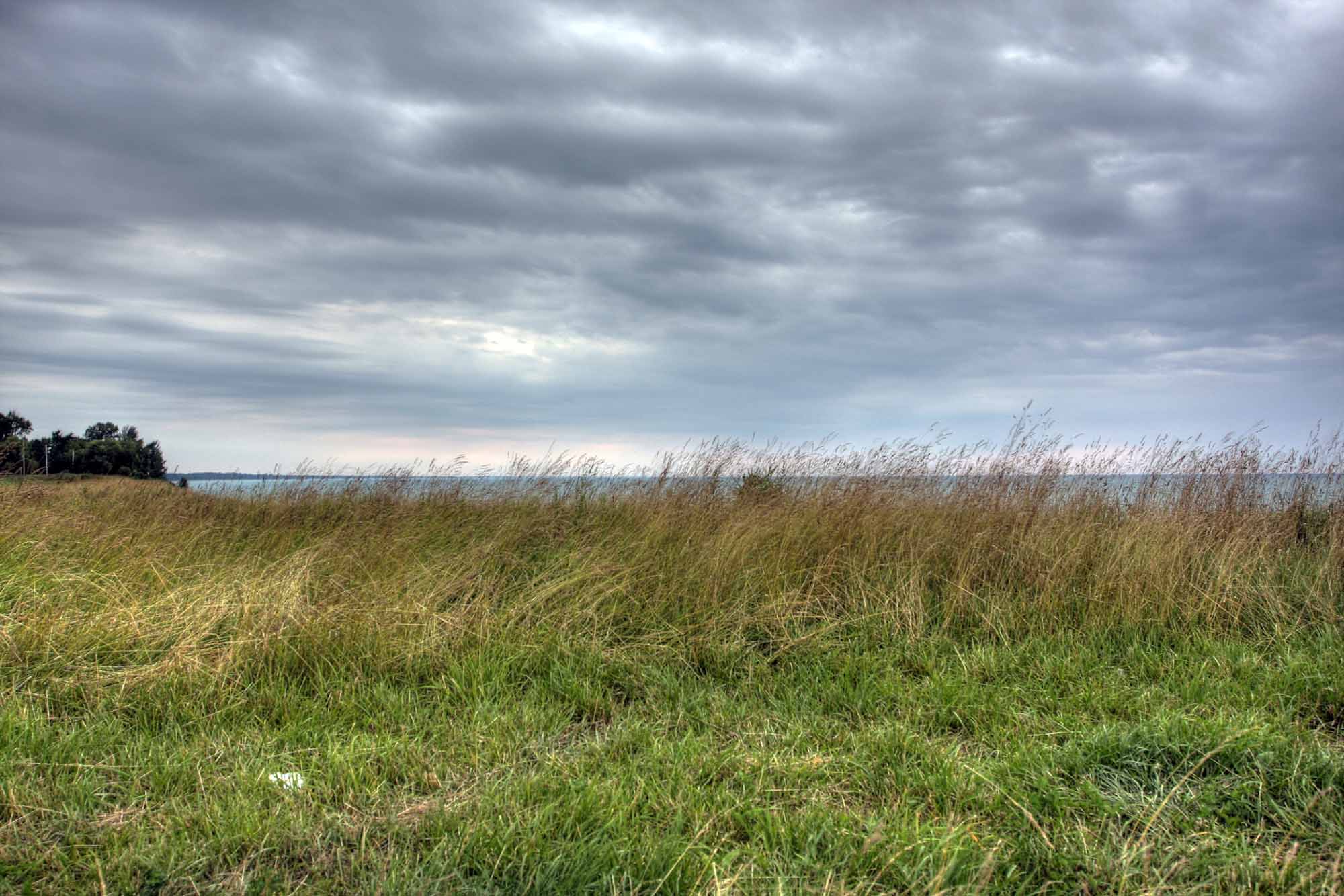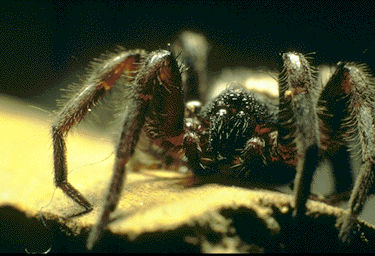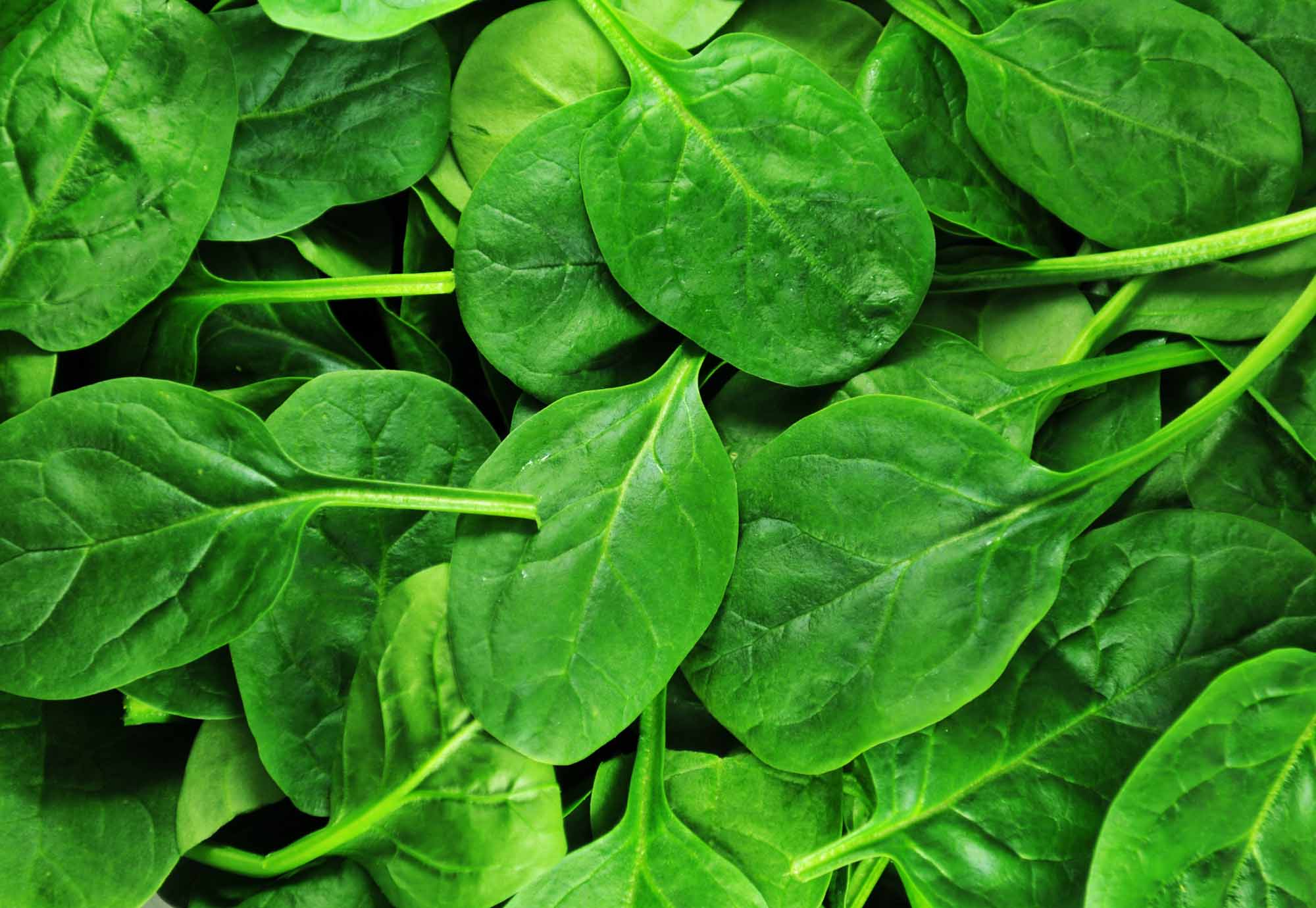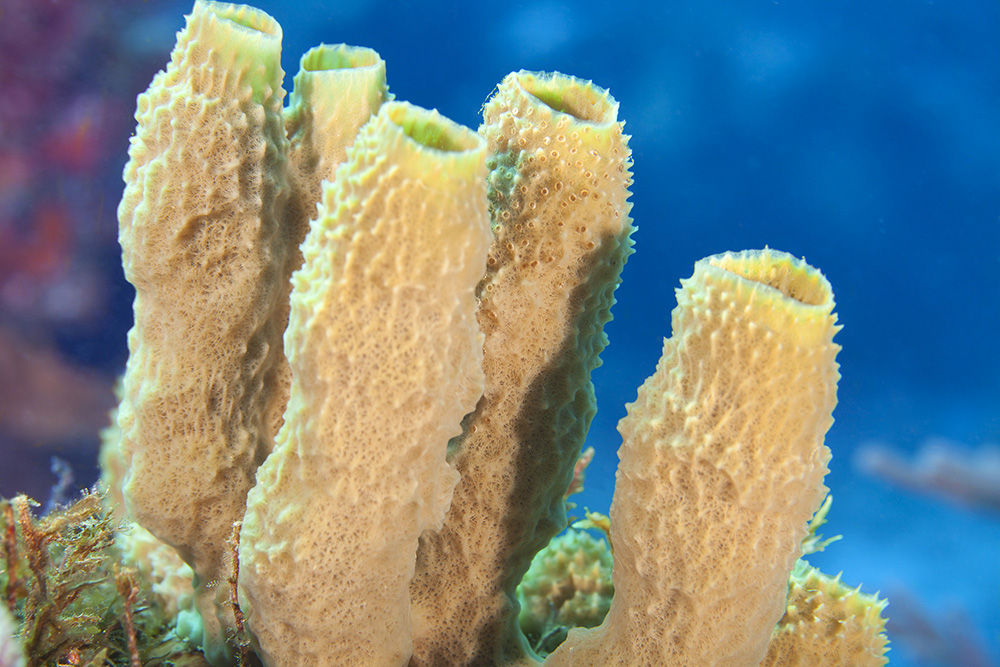Browse "Nature & Geography"
-
Article
Soil Science
Soil science is the science that deals with soils as a natural resource. Studies focus on soil formation, classification and mapping, and the physical, chemical and biological properties and fertility of soils as such and in relation to their management for crop production.
"https://development.thecanadianencyclopedia.ca/images/tce_placeholder.jpg?v=e9dca980c9bdb3aa11e832e7ea94f5d9" // resources/views/front/categories/view.blade.php
https://development.thecanadianencyclopedia.ca/images/tce_placeholder.jpg?v=e9dca980c9bdb3aa11e832e7ea94f5d9
-
Article
Solar and Lunar Eclipses in Canada
An eclipse occurs when two celestial bodies are aligned so that one blocks the sun’s light from reaching the other. While eclipses can take place on different planets like Jupiter and Neptune, on Earth most eclipses are either solar or lunar eclipses. During a solar eclipse, the moon is positioned between the Earth and the sun, casting a shadow on a portion of the Earth. During a lunar eclipse, the opposite occurs, and the Earth blocks the sun’s light from reaching the moon. Lunar eclipses can be observed with the naked eye. However, looking directly at the sun during a solar eclipse can cause permanent eye damage. Proper eye protection is required to safely observe a solar eclipse.
"https://d2ttikhf7xbzbs.cloudfront.net/eclipse/Solar-Eclipse.jpg" // resources/views/front/categories/view.blade.php
https://d2ttikhf7xbzbs.cloudfront.net/eclipse/Solar-Eclipse.jpg
-
Article
Solar Energy
The energy contained in sunlight is the source of life on Earth. Humans can harness it to generate power for our activities without producing harmful pollutants. There are many methods of converting solar energy into more readily usable forms of energy such as heat or electricity. The technologies we use to convert solar energy have a relatively small impact on the environment. However, they each have disadvantages that have kept them from being widely adopted. In Canada, the use of solar energy to generate electricity and heat is growing quickly and is helping reduce pollution related to energy production. Despite Canada’s cold climate and high latitudes (which get less direct sunlight than mid-latitudes), solar power technologies are used in many places, from household rooftops to large power plants. The Canada Energy Regulator (formerly the National Energy Board) expects solar power to make up 3 per cent of Canada’s total electricity generation capacity by 2040.
"https://d2ttikhf7xbzbs.cloudfront.net/media/media/bfcd57a6-65cf-486a-b845-726de3285690.jpg" // resources/views/front/categories/view.blade.php
https://d2ttikhf7xbzbs.cloudfront.net/media/media/bfcd57a6-65cf-486a-b845-726de3285690.jpg
-
Article
Solomon's Seal
Solomon's seal (genus Polygonatum) is a herbaceous plant of lily family (Liliaceae). About 50 species occur in the Northern Hemisphere.
"https://development.thecanadianencyclopedia.ca/images/tce_placeholder.jpg?v=e9dca980c9bdb3aa11e832e7ea94f5d9" // resources/views/front/categories/view.blade.php
https://development.thecanadianencyclopedia.ca/images/tce_placeholder.jpg?v=e9dca980c9bdb3aa11e832e7ea94f5d9
-
Article
Soybean
Soybean (Glycine max) is a herbaceous annual belonging to the legume family, grown as an oilseed crop in Canada.
"https://d2ttikhf7xbzbs.cloudfront.net/media/media/735549a0-545a-4fa3-8e3f-b2e86a3b8471.jpg" // resources/views/front/categories/view.blade.php
https://d2ttikhf7xbzbs.cloudfront.net/media/media/735549a0-545a-4fa3-8e3f-b2e86a3b8471.jpg
-
Article
Sparrow
Sparrow is the name given to several unrelated groups of birds. Sparrows are classified in 3 families: Emberizidae, Estrildidae, and Passeridae.
"https://d2ttikhf7xbzbs.cloudfront.net/media/media/f1ccc4f4-b556-4969-a125-18e694603490.jpg" // resources/views/front/categories/view.blade.php
https://d2ttikhf7xbzbs.cloudfront.net/media/media/f1ccc4f4-b556-4969-a125-18e694603490.jpg
-
Macleans
Sperm Scare
During the mid-1970s, a Canadian Wildlife Service researcher discovered that birds in Lake Ontario were behaving in a bizarre way: unable to find mates, pairs of female herring gulls were nesting together and devotedly tending clutches of eggs that usually turned out to be infertile.This article was originally published in Maclean's Magazine on April 1, 1996
"https://development.thecanadianencyclopedia.ca/images/tce_placeholder.jpg?v=e9dca980c9bdb3aa11e832e7ea94f5d9" // resources/views/front/categories/view.blade.php
https://development.thecanadianencyclopedia.ca/images/tce_placeholder.jpg?v=e9dca980c9bdb3aa11e832e7ea94f5d9
-
Article
Spider
A spider is a carnivorous arthropod (segmented, jointed-limbed animal) of the class Arachnida, order Araneae.
"https://d2ttikhf7xbzbs.cloudfront.net/media/media/ba337cbe-446c-453b-a047-2f483305df3d.jpg" // resources/views/front/categories/view.blade.php
https://d2ttikhf7xbzbs.cloudfront.net/media/media/ba337cbe-446c-453b-a047-2f483305df3d.jpg
-
Article
Spinach
Spinach (Spinacia oleracea), is a leafy, cool-season vegetable that belongs to the Chenopodiaceae family.
"https://d2ttikhf7xbzbs.cloudfront.net/media/media/b8897f58-3813-46a9-a321-d3583cd167c4.jpg" // resources/views/front/categories/view.blade.php
https://d2ttikhf7xbzbs.cloudfront.net/media/media/b8897f58-3813-46a9-a321-d3583cd167c4.jpg
-
Article
Spiraea
Spiraea is a genus of small shrubs of the family Rosaceae (rose). The genus consists of some 70-80 species, as well as many horticultural varieties of garden origin that have resulted from hybridization. Probably the most noteworthy of these hybrids is S.
"https://development.thecanadianencyclopedia.ca/images/tce_placeholder.jpg?v=e9dca980c9bdb3aa11e832e7ea94f5d9" // resources/views/front/categories/view.blade.php
https://development.thecanadianencyclopedia.ca/images/tce_placeholder.jpg?v=e9dca980c9bdb3aa11e832e7ea94f5d9
-
Article
Spirit Bear
Spirit bears are rare white-coated black bears (Ursus americanus kermodei) that live in the coastal temperate rainforests of Northwest British Columbia. Their striking colour is caused by an uncommon recessive genetic trait. Spirit bears are not a unique species or subspecies, but a unique colouration of the coastal British Columbian black bear subspecies kermodei. Referred to as moksgm’ol, meaning “white bear,” by Tsimshian coastal First Nations, spirit bears play an important role in local culture and increasingly in Indigenous-led ecotourism.
"https://d2ttikhf7xbzbs.cloudfront.net/media/media/2c6a870e-0ceb-40ac-8b3e-3d65a0266f29.jpg" // resources/views/front/categories/view.blade.php
https://d2ttikhf7xbzbs.cloudfront.net/media/media/2c6a870e-0ceb-40ac-8b3e-3d65a0266f29.jpg
-
Article
Sponge
Sponge (Porifera), phylum of bottom-dwelling, attached, aquatic organisms which, as adults, generate vigorous water currents through their porous bodies by action of internal fields of microscopic flagella (whiplike structures).
"https://d2ttikhf7xbzbs.cloudfront.net/media/media/36649405-c133-4ddd-afcf-8529edbc0426.jpg" // resources/views/front/categories/view.blade.php
https://d2ttikhf7xbzbs.cloudfront.net/media/media/36649405-c133-4ddd-afcf-8529edbc0426.jpg
-
Article
Spotted Turtle
The spotted turtle (Clemmys guttata) is a small freshwater turtle native to Eastern North America. It is named for the bright yellow or yellow-orange spots on its shell, head and limbs. Its Canadian range is restricted to Southern and Central Ontario, where it is found in shallow wetland habitats such as swamps, marshes, fens and bogs. The spotted turtle is endangered, both in Canada and globally.
"https://d2ttikhf7xbzbs.cloudfront.net/spottedturtle/Spotted-Turtle-Clemmys-guttata-female.jpg" // resources/views/front/categories/view.blade.php
https://d2ttikhf7xbzbs.cloudfront.net/spottedturtle/Spotted-Turtle-Clemmys-guttata-female.jpg
-
Article
Spring
A spring is a point of natural, concentrated groundwater discharge from soil or rock.
"https://d2ttikhf7xbzbs.cloudfront.net/media/media/24f61a09-a6c8-4eb9-9898-c8a025daa602.jpg" // resources/views/front/categories/view.blade.php
https://d2ttikhf7xbzbs.cloudfront.net/media/media/24f61a09-a6c8-4eb9-9898-c8a025daa602.jpg
-
Article
Spring Peeper
The spring peeper (Pseudacris crucifer) is a small tree frog native to the forests of Eastern North America. Within Canada, the spring peeper can be found from Manitoba to the Atlantic provinces, excluding Newfoundland. (See also Frog Species in Canada.) In the spring, male spring peepers come together in groups around temporary breeding ponds to call out in a series of loud, high-pitched peeps meant to attract females. This sound is one of the earliest frog calls heard in the spring.
"https://d2ttikhf7xbzbs.cloudfront.net/springpeeper/springpeeper.jpg" // resources/views/front/categories/view.blade.php
https://d2ttikhf7xbzbs.cloudfront.net/springpeeper/springpeeper.jpg
